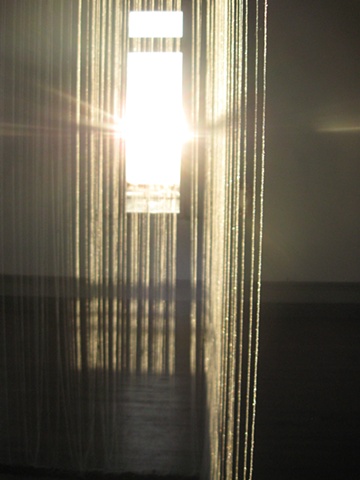I have come to understand that time cannot be fully understood or calibrated by conventional designations. Instead, its transience becomes implicit through our interactions with materials, in specific places, amid the duration of space. It is through the combination of sculpture, drawing and installation where my work materializes the ephemerality of time, the intangibility of space and the significance of place. I am interested in identifying moments and irreducible experiences among shadows, liminal spaces and shifting temporalities. Relying on interstitial architectural features such as windows, stairs, doorways, corners, the influence of specific cultural landscapes, and on the palpable sensory properties of various materials - I aim to present the overlooked aspects of spaces that construct our consciousness.
Our contemporary culture is filled with a need for efficiency and economy. We socialize through web-based networks, we opt for new construction over historic preservation, we wake each day already engaged in and anticipating for events that are yet to happen, ‘skipping steps’ in attempts to stay ahead, to save time. We cherish the conveniences; the speedy ride on the information highway usually leaves us fulfilled. Yet, in light of these advancements, we unknowingly are being asked to rethink our embodiment in relation to our sensory experiences. In this era of new media and virtual worlds our sensory experiences become compromised; we lose our direct tangible relationship to this world, and overlook the innumerable affective nuances of space, history and material.
My work becomes a trace of a specific time and place, acting as a pause and a map of our corporeal negotiation with history through materials. The investigation of various cultural landscapes becomes the springboard for site-responsivity. Echoing of the dimensions of a historic doorway, recalling the change of light through a window or referencing an old stairwell in the gallery, the work asks us to reflect on the simultaneity of absence and presence while collapsing our interior and exterior awareness. The emphasis on specific materials encourages us to rethink our understanding of how these materials shape our perceptions while operating as a way to rearticulate the meaning of a place, emphasize space, and magnify time. Each piece exists as a mark in space, both a drawing and a sculpture, highlighting the temporality of the viewer’s present moment, actualizing a very rare present tense.
